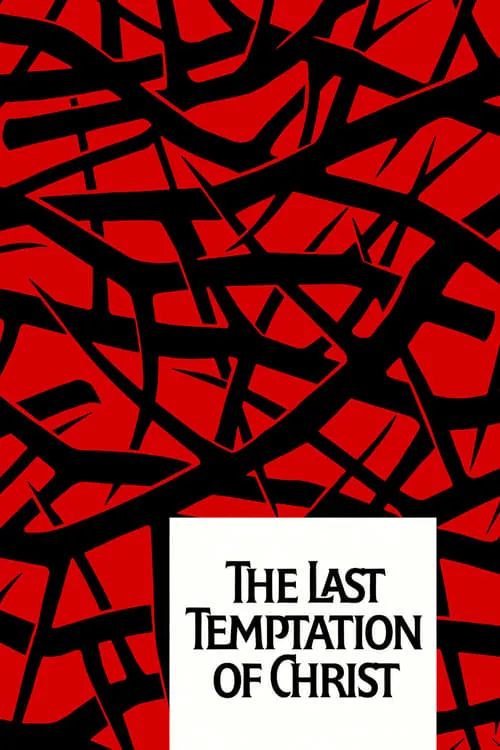The Last Temptation of Christ

Plot
Directed by Martin Scorsese and released in 1988, The Last Temptation of Christ is a fictionalized account of the life of Jesus Christ, exploring the complexities of his humanity and the trials he faced during his mission on earth. The film is based on Nikos Kazantzakis' 1953 novel of the same name, which was itself inspired by the Gospels. The film opens with scenes from Jesus' childhood, showcasing his family's daily struggles and the young Jesus' growing awareness of his special status. The scene shifts to Jesus' early adulthood, where we are introduced to his mother, Mary, his foster father Joseph, and his younger siblings. Jesus' sense of purpose is slowly developing, and he begins to feel the weight of destiny upon him. As Jesus approaches adulthood, he is faced with a series of trials and temptations that test his resolve and faith. He encounters the charismatic figure of Judas Iscariot, a skilled mathematician and mystic who becomes one of Jesus' earliest disciples. Judas is deeply affected by Jesus' message of redemption and sees him as a potential leader in the fight against Roman oppression. However, Jesus' emphasis on love and non-violence is in sharp contrast to Judas' vision of armed struggle against their Roman overlords. The two men are at odds, with Judas pushing Jesus to take a more militant approach, while Jesus insists that violence only leads to more violence and that the key to salvation is to love one's enemies. As the story unfolds, Jesus faces numerous challenges and temptations, including a seductive encounter with Magdalene, who represents the temptation of the flesh. He also faces criticism and rejection from the Pharisees and the Jewish authorities, who view him as a threat to their power and authority. Despite these challenges, Jesus remains committed to his mission of spreading love and redemption. He performs numerous miracles, healing the sick and feeding the hungry, and gathers a devoted group of followers around him. However, the more he succeeds, the more he becomes aware of the burden of being the savior of mankind. The film's title, The Last Temptation of Christ, refers to a pivotal scene in which Jesus is shown experiencing a final temptation before his crucifixion. In this vision, Jesus imagines himself living a life without the burden of his divinity, marrying Mary Magdalene and raising a family with her. This fantasy is presented as a means of exploring the human side of Jesus and the possibility that, were he not the son of God, he might have chosen a different path. Throughout the film, Scorsese employs his characteristic visual style and technical mastery to create a richly textured and immersive cinematic experience. The cinematographer, Michael Ballhaus, makes extensive use of long takes and Dutch angles to create a sense of unease and tension, while the production design and costumes evoke the sights and sounds of ancient Palestine. The performances in the film are also noteworthy, with Willem Dafoe delivering a powerful and nuanced portrayal of Jesus. Dafoe brings a sense of vulnerability and fragility to the role, capturing the anguish and self-doubt that Jesus experiences as he navigates his divine mission. The film has been the subject of controversy and debate upon its release, with some critics accusing it of blasphemy and others praising its bold and unflinching approach to the life of Jesus Christ. Nevertheless, The Last Temptation of Christ remains a masterpiece of cinematic storytelling, offering a thought-provoking and deeply moving exploration of one of history's most enigmatic figures. Ultimately, the film presents Jesus as a complex and multifaceted figure, driven by both a deep sense of spirituality and a profound sense of humanity. The Last Temptation of Christ is a film that challenges our preconceptions and encourages us to question our assumptions about the nature of faith and redemption. It is a work of enduring power and significance, one that continues to inspire and provoke audiences to this day.
Reviews
Recommendations




